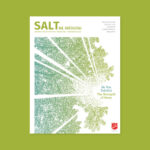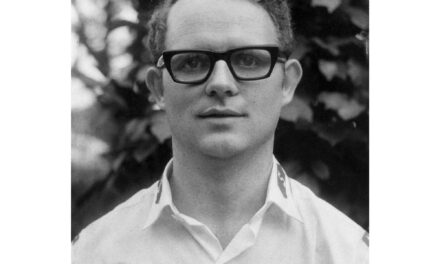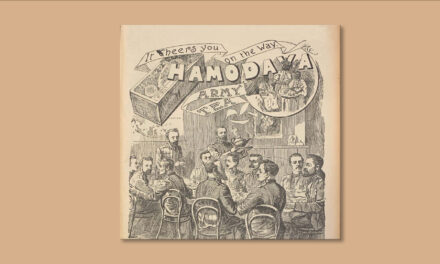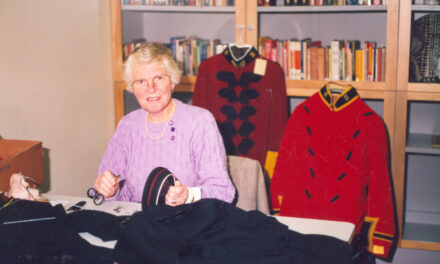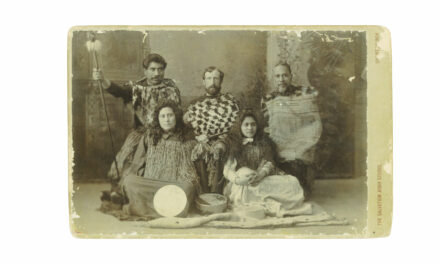
An Innovative Army

The Salvation Army has a long history of innovation when spreading the gospel. From its earliest days in England, via the spread of the mission to countries around the globe and right through to today, The Salvation Army has been an early adopter and innovator. This edition of Salvationists in History highlights several of the movement’s early innovations.
Safety matches
In 1891, The Salvation Army’s co-founder William Booth started the mass production of safety matches. At the time, standard matches contributed to ‘phossy jaw’ among poor match makers. Poor people—including women and children—worked long hours to make matches at home to earn extra income. They would dip the matchsticks in a dangerous chemical, sometimes at the same time as eating a meal. The consequence of this was the phosphorous eating away their gums and jaws.
William Booth saw the issue and wanted to stop the widespread suffering. He opened a factory that produced ‘safety matches’, which did not contain phosphorous. The factory was comfortable and well aired and the workers were paid fair wages.
In the face of this model, the match manufacturers of Britain soon had to adopt fairer and safer methods of production.
The white car
In August 1904, aged in his mid-70s, William Booth started his first motor tour, travelling from Land’s End, England, to Aberdeen, Scotland. This was followed by six more motor tours. Even though he was elderly, Booth was very willing to embrace new ideas and change in the service of The Salvation Army mission. He was one of the first people to use motor transport in connection with an evangelistic campaign. The Salvation Army published a book in 1906, titled The Romance of a Motor Mission with General Booth on his White Car Crusade by W.P. Ryan. At a time when black was the common colour of cars, Booth decided to paint his white, which helped to attract extra attention. The car was open topped, allowing Booth to stand up at any time to preach. At the time, the motorcar was a new and exciting technology. According to the United Kingdom National Archives, there were just 23,000 cars on Britain’s roads by the end of 1904. The London Transport Museum notes that in 1900, almost every vehicle on the streets of London was horse-drawn, with more than 300,000 horses employed in transport.
‘Soldiers of the Cross’
In 1900, The Salvation Army in Australia showed what has been called the world’s first ‘photo drama’ or ‘story film’. ‘Soldiers of the Cross’ is perhaps best described as a multimedia event, which included 16, 90-second motion picture segments, over 200 magic-lantern slides, music by an orchestra and choir and rousing oratory by Commandant Booth, the territorial commander for Australia and General Booth’s son.
Put together by the Limelight Department in Melbourne over 12 months from 1899 to 1900, the two and a half hour show premiered on 13 September 1900 at Melbourne Town Hall before a crowd of several thousand people. It was part of an effort to attract 200 cadets for the new federal training garrison.
The show depicted incidents in the lives of outstanding witnesses for Christ, beginning with first-century martyrs. The actors in the film were cadets from the Army’s training garrison, while the filming—which included lions from a nearby circus—took place on the grounds of an Army facility.
The movie was well ahead of the times in realising that a multimedia event would attract crowds to hear the gospel.



